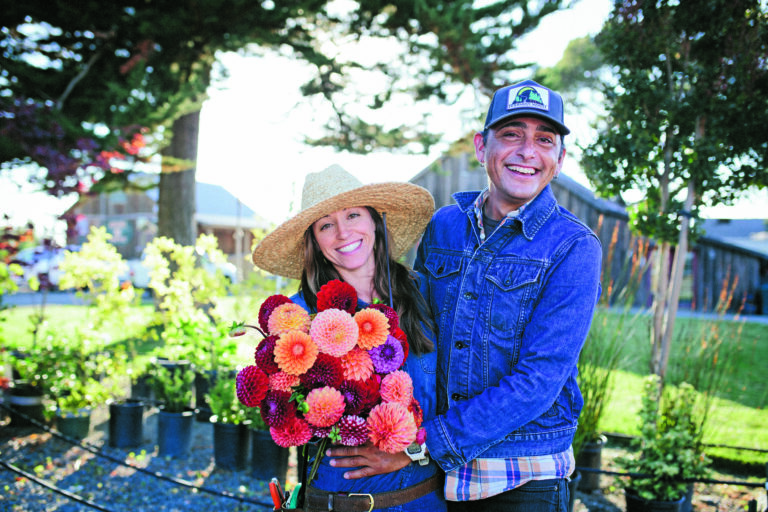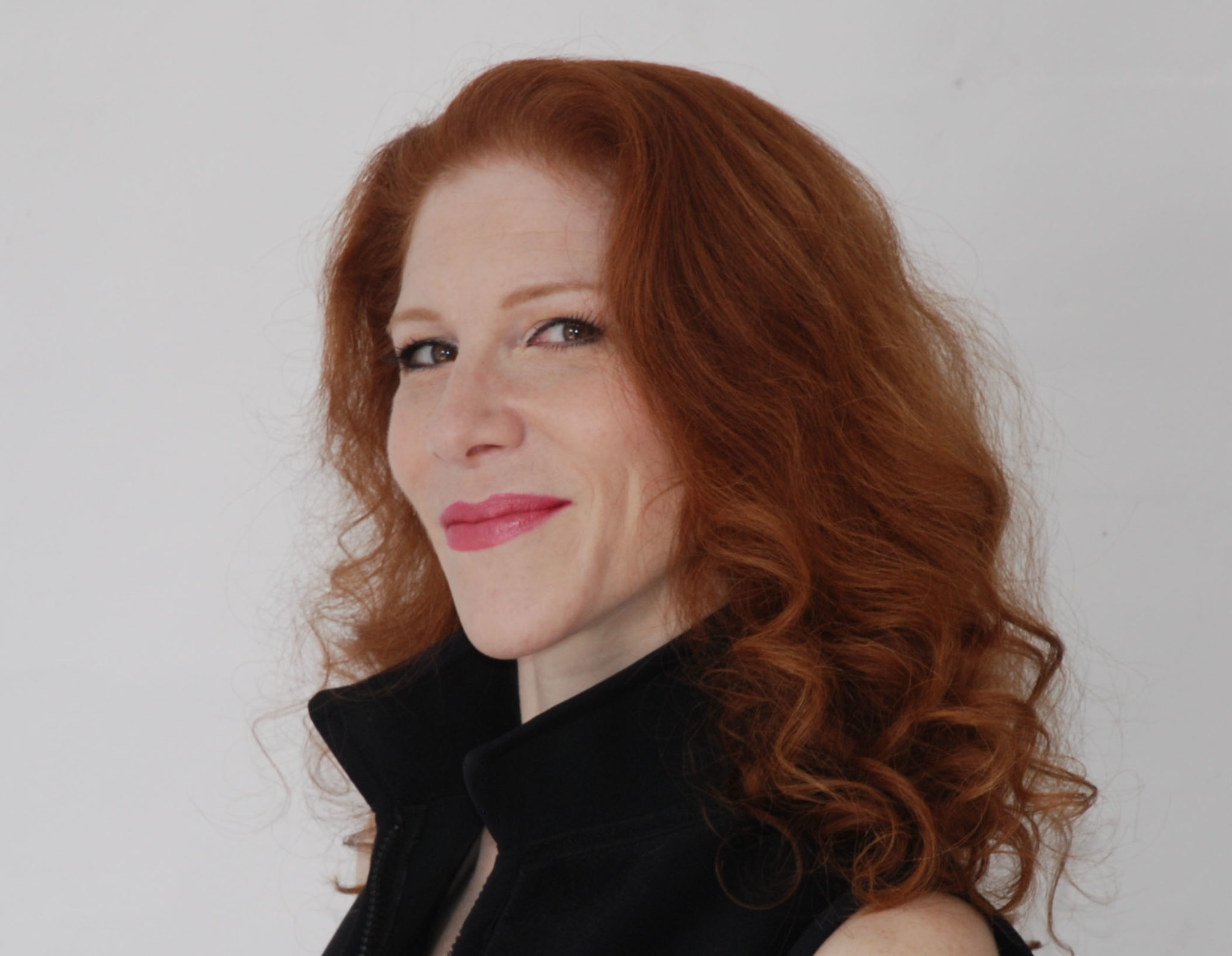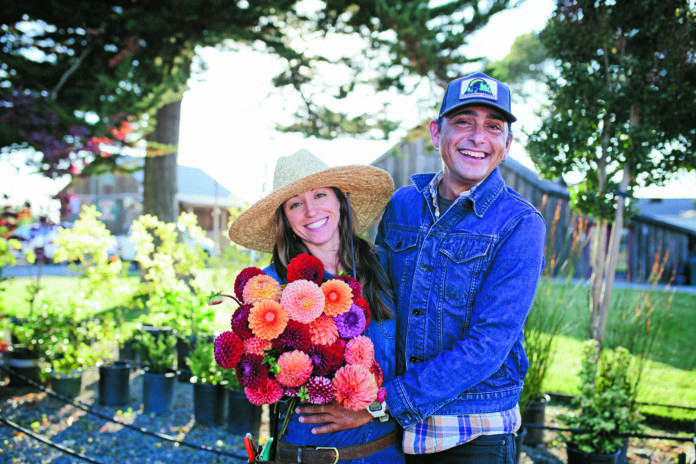When downstate Democratic congressman Ted Lieu introduced an amendment earlier this year to slash funds sent to the Drug Enforcement Administration (DEA) devoted to cannabis eradication, he had Colorado in mind more than California.
Lieu, a frequent and outspoken critic of President Donald J. Trump on a range of issues, offered his budget amendment to address “a pretty idiotic scenario” in Colorado, says Lieu’s chief of staff, Marc Cevasco.
“You have taxpayers who are paying to fund two sides of a battle over marijuana,” says Cevasco, as the legalization-leader state of Colorado angles to reap a pot-tax bonanza even as the federal government has set out to kill the very plant that would contribute to the state tax coffers.
Trump, says Cevasco, has ceded the question of a cannabis crackdown to Attorney General Jeff Sessions who “has been kind of militant about it, and it seems like it’s getting worse and not better.”
This dynamic of enforcement agencies being at odds plays out in Lieu’s home state, too, highlighting a harvest-season irony in the post-Proposition 64 era in a state where pot politics and eradication priorities are decidedly in flux: Counties in California continue to accept DEA eradication money, but now it’s to help support the California push on legalization—even as the DEA is committed to holding up a federal ban on medical and recreational cannabis use.
Huh? The success of Proposition 64, which legalized recreational use of cannabis for Californians and will be fully implemented in 2018, is predicated on a robust law enforcement eradication of black market cannabis in the state. Counties from Sonoma to Siskiyou continue to accept DEA funds devoted to eradicating cannabis, even as the state as a whole has legalized a plant that remains illicit under federal law. Recently, the DEA was a lead agency in a series of Sacramento raids in July that yielded more than 7,500 illegal plants grown indoors, plus some weapons, as reported by the Sacramento Bee.
Is the DEA’s presence in California actually helping the state clear out its illegal grows to make way for legalization?
“It’s a fair point, an interesting development,” says Cevasco with a laugh about the federal-state push-pull. “In an ideal scenario, we’d all be rowing in the same direction. If the DEA is actually assisting the state of California to set up a legal marketplace, the congressman would approve of that. In a weird, ironic way this is kind of divine justice.”
Lieu’s amendment sought to extract $16 million in cannabis-eradication funds, says Cevasco, out of a Department of Justice (DOJ) budget that comes in at around $300 million annually.
“The goal is to defund the cannabis-eradication programs,” he says of the Lieu amendment, which passed with support from House Speaker Paul Ryan, R-Wisconsin, and Cevasco says that in the best available light, the effort may build some momentum for next year’s budget fight—which will take place after California has launched full-throttle into legal cannabis.
But eradication of the black market is a key piece to a successful rollout of legalization in California—even as the black market will likely continue to feed the cannabis-consuming beast that is most of the United States. Generally speaking, in order for legalization to work, the price of legal cannabis can’t be higher than black market cannabis, for the simple reason that people will buy cheaper weed when they can.
State lawmakers, such as Mike McGuire, D-Healdsburg, who has supported the thrust of Proposition 64, have also pushed for an end to outlaw grows. McGuire has many such grows in his district, which comprises the Emerald Triangle. The illicit grows pop up on occasion along the banks of creeks that support endangered species, most notably the coho salmon and steelhead trout.
According to the California Statewide Law Enforcement Association, a June 2017 raid on an illegal grow site in Sonoma County’s Jack London State Park was undertaken—without assistance from the Sonoma County Sheriff’s Office (SCSO)—by the CDFW and State Parks officials who used a helicopter to help eradicate 7,566 plants, a weapon, fertilizer and pesticides.
Interim Sonoma County Sheriff Rob Giordano says that the new legal regime has meant the end of large-scale, county-driven eradication efforts. “We’re out of the cannabis business,” he says.
Giordano stressed that SCSO would always be involved in unsavory aspects of the drug trade: Murders, robberies, illegal weapons and home invasions. But as the county eases off from raiding local grows, local cannabis-enforcement efforts will fall to the county’s Permit and Resource Management Department, the code-enforcement department charged with overseeing the county’s legalization rollout. He also noted that Sonoma County cut some $5 million in the sheriff’s office budget this year, with nearly $800,000 cut for the sheriff’s narcotics unit, historically tagged with the responsibility of eradicating illegal cannabis grows.
“The real landscape change [for SCSO],” he says, “is the $5 million lost and the fact that cannabis is now legal.”
California has its own marijuana-eradication unit, the California Department of Justice’s Campaign Against Marijuana Planting (CAMP). The task force partners with local, state and federal agencies to eradicate cannabis on private and public land that endangers public safety and the environment. The California Department of Justice’s office didn’t respond to questions about CAMP in time for the Pacific Sun deadline.
Inge Lundegaard is the cannabis point person for Marin County, which unlike Sonoma County, hasn’t fully embraced legalization and its potential for local business and tax bonanzas. As it awaits the legal rollout in 2018, Marin County has nixed medical-dispensary storefronts and is now considering a delivery-only medical-cannabis ordinance.
The county, with its vast western lands of various state, federal and local provenance, has had a historical problem with illegal grows on public lands, but Lundegaard says the county hasn’t busted a big grow since 2015.
As the North Bay plunges headlong into its final harvest season before legalization, Lundegaard says the Marin County Sheriff’s Office is “not aware of any illegal grows,” but the county is starting discussions around Proposition 64.
The question in Marin, she says, is whether the pivot to legalization will mean an increase or a decrease in illegal grows in the county.
In the meantime, Lundegaard says that the sheriff’s office work is focused on “responding to large grows and trying to deal with the cooperative collective model, which will become illegal and get phased out once the state starts licensing.”
For now, the operative word when it comes to future eradications large and small is uncertainty. The devil will be in the code-enforcement details in Marin County, where medical cannabis users and caregivers are allowed to grow their plants outdoors but adult recreational users will be forbidden from doing the same.
So how will the county figure out who’s who in order to eradicate the adult-use outdoor grows? Lundegaard regards this as an open question. There are many more where that came from.



















